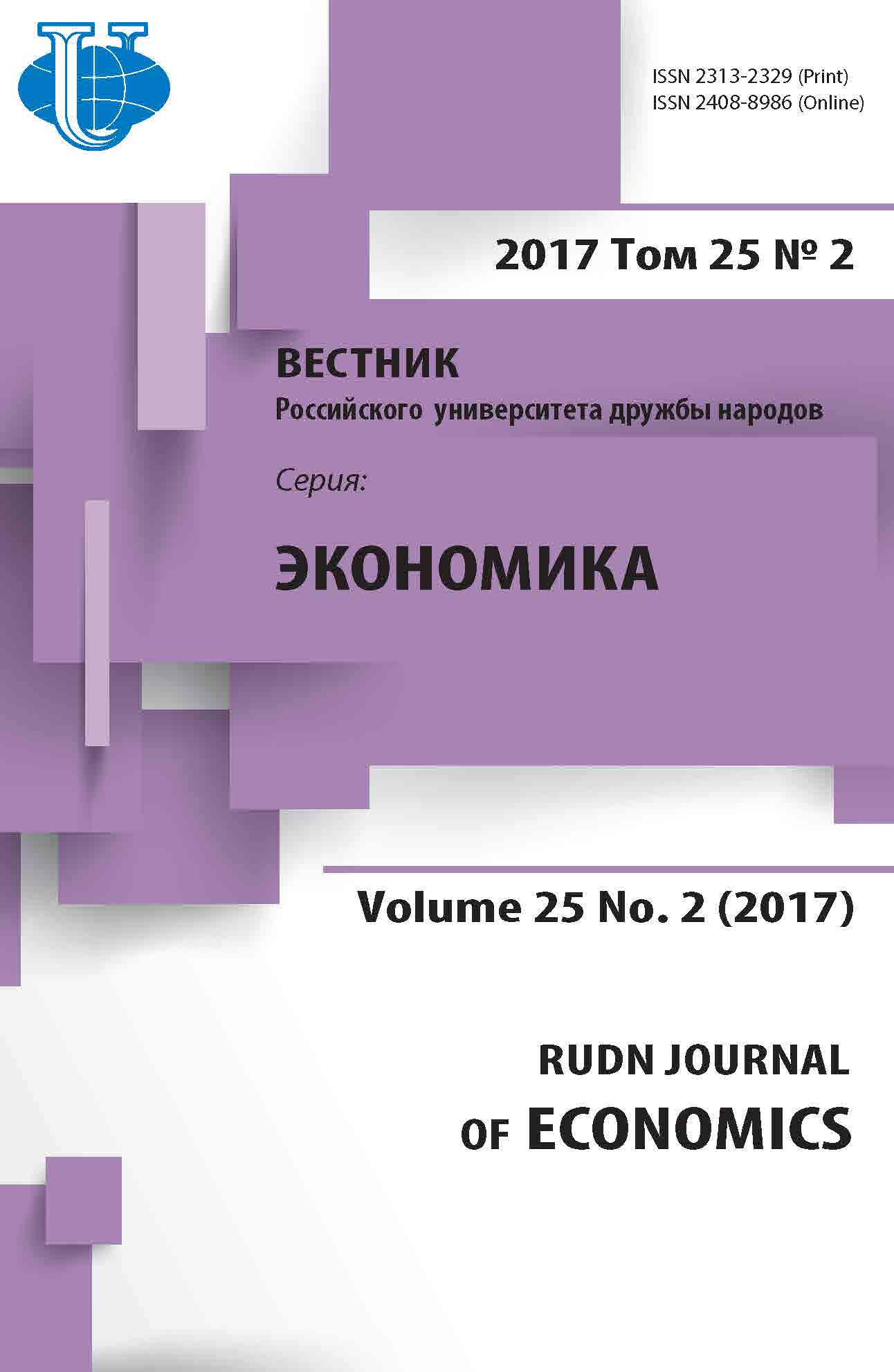ESTIMATION OF BANKRUPTCY RISK OF SMALL BUSINESS COMPANIES BASING METHODS OF MACHINE LEARNING
- Authors: Arinichev IV1, Bogdashev IV1
-
Affiliations:
- Kuban State University
- Issue: Vol 25, No 2 (2017)
- Pages: 242-254
- Section: Articles
- URL: https://journals.rudn.ru/economics/article/view/17164
- DOI: https://doi.org/10.22363/2313-2329-2017-25-2-242-254
Cite item















